Review: Huawei Honor 6X
Jan 25, 2017, 3:45 PM by Eric M. Zeman
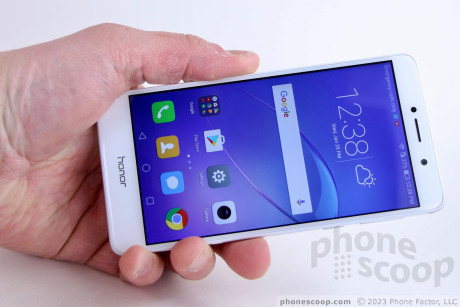
Huawei's Honor brand takes another stab at the U.S. market with the 6X. This mid-range handset features an attractive metal-and-glass design accompanied by a reasonable set of specs under the hood. The 6X, an unlocked Android smartphone, might be ideal for those who are looking for something off the beaten path. Here is Phonescoop's review.
Hardware
Is It Your Type?
The Honor 6X is a high-quality, mid-range handset for those who prefer unlocked devices to those sold by carriers. If you're in the market for a classy, affordable smartphone that you can use in the U.S. and most anywhere you care to roam, the 6X is small fish in an ever-widening ocean of such handsets.
Body
Huawei's Honor brand has been around for some time now, but last year's Honor 8 and this year's Honor 6X are the first two that it has really pitched at U.S. buyers. The Honor 6X costs about the same as most mid-range smartphones sold by prepaid carriers such as Cricket and MetroPCS. The 6X's attractive build, however, gives it a bit of an edge as far as sex appeal is concerned.
The 6X is a metal-and-glass slab. Curved glass forms the face and an aluminum panel fills out the rear surface. Polished edges and accents provide some eye-catching glint every so often. Huawei cooked up three color combinations: white/silver, white/gold, and black/gray. All three variants are perhaps a bit conservative, but the schemes work well and ensure the 6X is always looking sharp.
The phone's 5.5-inch display means it is a little above average in terms of size. For example, it's much bigger than the iPhone 7 and Galaxy S7, and yet it is somewhat smaller than an iPhone 7 Plus and Pixel XL. I found the phone to be comfortable to hold and use, and it didn't strike me as over-sized or too big. If you have smaller hands, or if you simply prefer compact smartphones, the 6X might not be the best fit for you. Thank Hauwei for the smooth surfaces and rounded edges, which go a long way toward helping the phone slip easily into pockets.
Huawei assembled the 6X from a fine selection of materials. The glass panel feels great under your thumb, and the metal back plate works well, too. I like the granular finish of the metal, which gives it a small amount of sparkle. The components are all fitted together perfectly with the exception of the plastic end caps on the rear surface. The joint between the plastic and metal pieces could be smoother. Still, the quality of the 6X easily surpasses that of plastic phones that carry the same price point. Most people will be pleased with the 6X as they hold it in their hand.
The 6X uses 2.5D curved glass on the front. Because the glass is curved right where it meets the plastic frame, the joint between the frame and glass is pretty obvious to your eyes. It doesn't look bad, but it is noticeable. The screen fills most of the front surface and yet there's still plenty of bezel. The user-facing camera and sensor array are plainly visible on either side of the earpiece. Huawei opted for software buttons so there are no physical controls below the screen.
The lone functional element built into the phone's left edge is the SIM card tray. Like many modern handsets, the tray supports either one SIM card and one microSD card, or two SIM cards. The tray itself is made of metal and feels strong. The screen lock button and volume toggle are both found in the upper half of the 6X's right edge. Both have well-defined profiles and polished edges to help them stand out. The buttons deliver excellent travel as far as feel is concerned, but the clicking sound comes off a bit cheap to my ears. Huawei stuck the 3.5mm headphone jack on top, and the microUSB port (c'mon, no USB-C???) on the bottom.
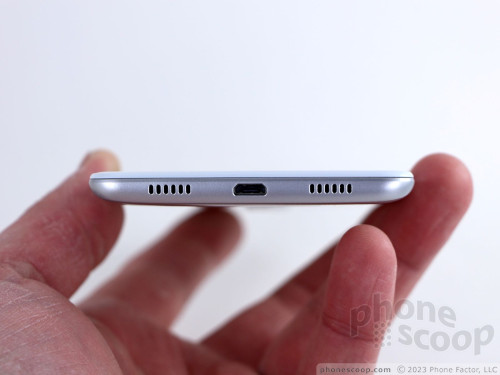
I like the curve of the 6X's back panel. The aluminum that forms most of the surface bends aggressively as it flows into the side edges. The silver color of our review unit is nice, but I like the gold a bit better. I wish Huawei had been able to match the colors of the plastic end caps a bit better. They are darker and less sparkly than the aluminum. There's no missing the camera array near the top; it is a large, raised oval and is rimmed in reflective chrome. The LED flash is off to the right of the camera, and fingerprint sensor is below. Like many rear-mounted fingerprint readers, the 6X's reader is a small, indented circle. It's very easy to find by feel.
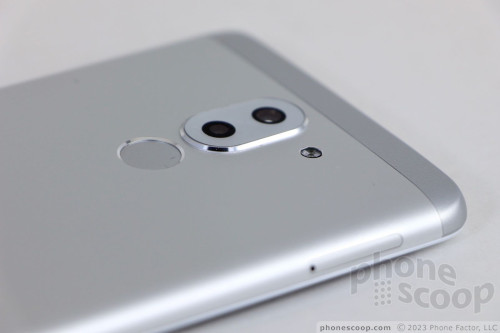
The phone is sealed up tight and that means there's no access to the battery at all. That may be a dealbreaker for some people.
Huawei did a fine job putting together a good-looking handset that feels as fine as it works.
Screen
A 5.5-inch full HD display adorns the front of the Honor 6X. I have no complaints about the screen. The size and resolution work well together to ensure a respectable pixel density (403ppi). Most on-screen elements look clear and sharp. Colors are accurate and the LCD puts out enough light for indoor and outdoor use. Viewing angles are fine. Perhaps the only aggravating aspect of the screen is the lack of oleophobic coating, which means the glass finds itself covered in fingerprint slime much of the time. I found myself cleaning the glass often.
Signal
Huawei gave the Honor 6X decent support for the LTE networks of AT&T/Cricket and T-Mobile/MetroPCS via Bands 2, 4, 5, 12, and 17. I tested the 6X in the NYC area on AT&T's network and would call its performance average. The phone connected to AT&T's wireless signals with no issue. It defaulted to 4G most of the time, but I saw it drop down to 3.5G in weak signal areas. Branded AT&T phones more consistently stay on 4G even in weaker coverage zones. This didn't impact the Honor 6X's ability to connect calls. The phone didn't give me any trouble patching through on the first dial. It did drop one call at highway speeds, but it didn't miss any.
Raw data speeds left me unimpressed. The quickest download I saw was 20 Mbps and the fastest upload was half that at 10 Mbps. Flagship handsets can put up numbers two to three times faster. As far as real-world performance is concerned, the 6X was a little sluggish when browsing the web and social networks via LTE. Streaming media (Spotify, YouTube) was not great and the 6X experienced lots of stops and buffering.
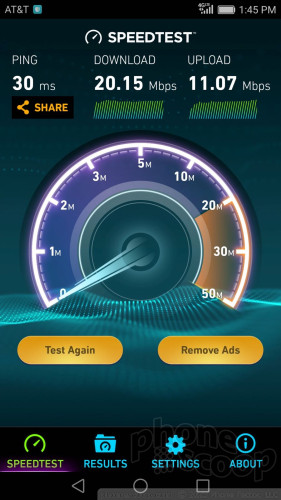
Sound
Call quality didn't impress me much. Clarity is acceptable thanks to minimal distortion. Voices sound good as they reach your ear. The issue is volume: there simply isn't enough of it. Even with the "loud voice" mode turned on, calls were barely audible in my quiet office, let alone anywhere there's real background noise. Calls were all but impossible to hear in moving cars, in noisy coffee shops, or other spaces where there's even a modicum of din. People I spoke to through the 6X said I sounded distant.
The speakerphone isn't any better. It offers a hair more punch to the sound, but quality nosedives thanks to annoying levels of distortion. I wasn't able to maintain discernible conversations in a moving car nor just about any place other than my home when using the speakerphone. Ringers and alerts are barely loud enough, and the vibrate alerts could be better, too.
Battery
One place the 6X excels is battery life. Huawei crammed a 3,340 mAh lithium-ion battery in the phone's chassis and it delivers. I consistently found the battery pushing through 1.5 days, and sometimes it lasted 2 days. As always, I tested the phone with all the radios on and the brightness set to 50%. The 6X outlasts many of today's top handsets.
The 6X includes an extensive array of battery-saving tools. For example, the phone can be set to run in three separate power modes: standard, power-saver, and ultra power-saver. The phone also offers lots of analytical tools so you can see exactly which apps are draining your battery and learn how to manage them.
Last, the Honor 6X supports rapid charging. Huawei claims the battery can go from 0% to 100% in about 2 hours when plugged into the appropriate charger. More importantly, you'll see a jump of about 35% if you plug the phone in for just 20 minutes.
Bluetooth, GPS, NFC, WiFi
With Bluetooth 4.1 aboard, the 6X paired and connected with headphones, wearables, and other accessories with minimal impact to battery life. I was not pleased with calls made via Bluetooth headphones. As with the earpiece, clarity was great but the volume just didn't cut it. The same is true of calls patched through my car's hands-free system. Music sounded okay when used with stereo headphones, but I wasn't blown away.
Google Maps did not run well on the Honor 6X. The blue GPS dot always showed up right away, but it was sometimes left floating on a blank screen. The app ran like molasses via LTE and WiFi. It was okay for searching out points of interest and plotting directions, but it was useless as a real-time navigation tool. It simply couldn't keep up.
The Honor 6X doesn't have NFC, but the WiFi worked well enough.
Software
The latest rendition of Emotion UI 4.1 — Huawei's skin for Android — makes a few tweaks here and there on the lock screen experience.
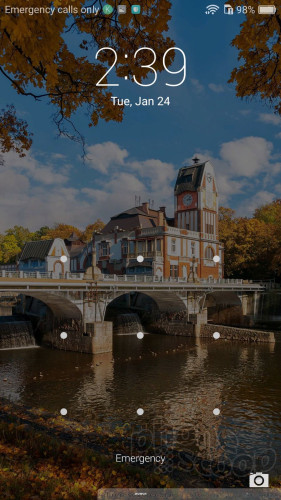
6X owners can set a fingerprint, PIN, password, or pattern to secure the device. The fingerprint reader is easy to set up and I recorded a couple of prints in no time. It recognized my print on the first attempt the majority of the time. I've seen faster, but the 6X's reader is certainly fast enough.
The lock screen itself will display incoming notifications for a brief moment, but you cannot access the slide-down notification / Quick Settings shade. That's rather annoying. You can access some basic tools (voicemail, calculator, flashlight, and camera) by swiping up from the bottom of the screen in a manner similar to Apple's iOS. This is handy, but I'd still prefer full access to the Quick Settings shade.
There is but a single app shortcut directly on the lockscreen, and that is to the camera. (The camera is also accessible from the slide-up tool dock, and via double-tap of the volume toggle.)
The Honor 6X includes a few gestures, such as flip-to-mute, pick-up to silence ringer, and lift-to-ear to answer incoming calls.
Home Screens
Emotion UI 4.1 is based on Android 6 Marshmallow. You'll find no Nougat here. Emotion UI introduces a significant number of changes to the core functionality of Android, but at least a few of the basics are still in place.
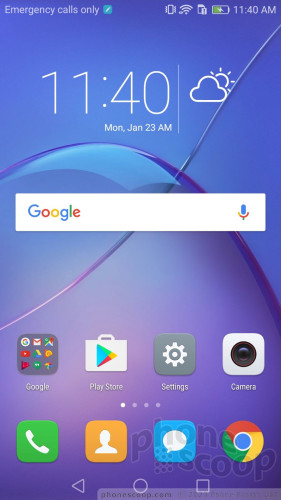
You'll notice right away that there's no app drawer; instead, all the apps are dropped on the home screen (much like iOS.) Huawei put most of the apps in folders on the second home screen panel. You can add as many panels as you wish and arrange them however you like. They support the typical set of wallpapers, shortcuts, and widgets. I like that Emotion UI includes a handful of screen transitions to choose from, and allows the home screens to loop (swiping past the last one takes you back to the first.)
The notification shade / Quick Settings drop-down tool is annoying. When you swipe down, the shade only shows you notifications. If you want to see the Quick Settings tools, you have to swipe the notification shade down first and then swipe to the left to access the Settings panel. If there are no notifications, then swiping down takes you straight to the Quick Settings panel. The inconsistency often leads to frustration. Emotion UI continues to use colored app icons in the status bar for notifications. For example, when a new Gmail message arrives, the full color Gmail app icon appears in the status bar, rather than the more tasteful black-and-white mail icon that Google prefers for Android.
Notifications / Quick Settings
Emotion UI makes a jumble of the settings menu. The top is reserved for radio-based tools, with account and other generic settings stuck in the middle of the screen. Many system-level controls (battery, date/time, security, memory/storage, etc.) are buried several layers deep, which makes them a pain to find. A search bar at the top of the settings menu helps a bit.
Emotion UI and the 6X allow you to use the fingerprint reader for several other actions. You can program the button to perform tasks (take photo, silence alarm, answer all) with a single press, double press, or long press. Further, the reader acts as small touch scroll pad within certain apps, such as the notification shade, allowing you to use it to scroll up and down.
Huawei included its Easy Mode home screen user interface, too. This mode drops the standard Android home screen layout in favor of comically large app icons and other UI elements. This mode is best reserved for those who have poor vision or prefer a simplified menu structure.
The Honor 6X relies on Huawei's Kirin 655 processor rather than silicon from Qualcomm. It's an octa-core chip (4 cores at 2.1 GHz and 4 cores at 1.7 GHz) paired with 3 GB of RAM. The phone performs just well enough for its price point, but I often found it sluggish. It handles home screen tasks in short order, but some apps were slow to open and slow to run, like Maps. I was hoping for better from this processor. The 6X could definitely benefit from a speed bump.
Camera
Hauwei was sure to include several options for accessing the camera. For example, a double tap of the lower volume toggle will open the camera. You can also use the lock screen shortcut, the lock/home screen control panel, or program the fingerprint button to open the camera. No matter which method you pick, the camera takes half a second too long to open. I wish it were quicker.

Like other recent Huawei devices, the 6X's camera app is designed with portrait — rather than landscape — shooting in mind. That means the menus look fine if you're holding the phone normally, but they are sideways if you're holding the phone in landscape orientation.
The basic layout is typical of most camera apps. Using the controls on the left side of the screen you can jump to the selfie camera, open the filter tool, set aperture, and toggle through the flash controls. The shutter button, camera roll, and video mode are all available on the right side of the screen.
There are a significant number of shooting modes, the most worthy of discussion is called "aperture" since it is accessible from the control panel on the left side of the screen. The 6X has two camera sensors: one normal and one wide-angle. Huawei claims the phone's aperture ranges from f/0.95 - f/16. The wide-angle camera is the one with the really low aperture, but it's limited to just 2-megapixels and is essentially just capturing depth-of-field data. Basically, it's meant to assist in creating the bokeh (background blur) effect. The name is confusing and the in-app explanation doesn't help. In order to get the tool to work, you need to place the subject within about 5 feet of the camera and ensure that there's plenty of distance between the subject and whatever is behind it. There's a bit of a learning curve.
Access other shooting modes by swiping right, and the settings by swiping left. Modes include pro photo, beauty, pro video, beauty video, HDR, night shot, panorama, good food, light painting, time-lapse, slow-mo, watermark, audio note, and document scan. Yeah. That's a lot.
The pro photo and video modes allow you to manually adjust exposure, brightness, white balance, ISO, and focus type. This is great for those who know what they're doing. The ring-based tools make sense and are easy enough to use.
The watermark tool lets you add a time, date, location, weather stamp to your photo. The light painting mode is for capturing long exposures of headlights/taillights, flashlights, or other light sources. The food tool adjusts focus, exposure, and color to make your meal look better for social media. The document scan mode automatically finds and captures text, such as menus, though it isn't making the documents into readable text; instead, it simply enhances the image to ensure text is easily legible. Each of these is easy to use and they all work fairly well.
Usability gripes aside, speed is the real issue holding the 6X's camera back. The Kirin 655 doesn't provide enough juice to keep the camera running smoothly. It's often slow to open, to respond to input, and, worse, to focus and snap pictures.
Photos/Video
The main sensor has a resolution of 12 megapixels. Despite the camera app's oddities, the phone takes decent pictures. You're not going to challenge National Geographic or anything, but the Honor 6X is solid for everyday photo needs. Many images were surprisingly sharp, showed good exposure, and maintained proper white balance. This goes for images taken indoors and out. Outdoor shots looked best, of course, but indoor pictures were mostly free of grain and other artifacts common in low-light imagery. Bottom line, it does all right.
The selfie camera also produces respectable pictures. I wish it had some sort of selfie flash. I saw a lot more grain in indoor shots with the selfie camera, but that's not uncommon. Outdoor selfies looked pretty good. Focus could be a hair better, but most people will be happy with what they see.
The Honor 6X records video at a max resolution of full HD and the results are on par with the camera. Most video looks pretty good, with focus, exposure, and white balance all in the right zone.
Timestamp
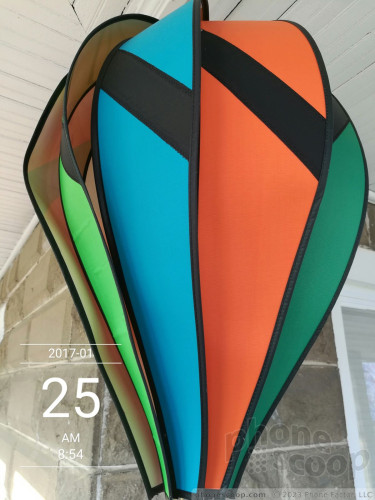
Wrap-Up
The Honor 6X is a bit uneven. There are things that stand out in both the "Pro" and "Con" columns, which means you're sacrificing something either way you look at it.
Pros include an attractive design, solid build, and good ease-of-use. The phone has incredible battery life, customizable software, and the cameras take decent photos and video. It's sold unlocked, and that allows you to use it on most any GSM/LTE carrier you choose.
The cons are hard to swallow. First, data performance wasn't great, and overall voice performance isn't what I want. The GPS radio was a bit wonky, as was Bluetooth performance. There are some usability problems with the Emotion UI skin that I found aggravating, and the Kirin 655 processor doesn't have quite enough horsepower for the handset.
These leave me conflicted about recommending the Honor 6X. If your priorities are its unlocked status, then perhaps find solace in the decent camera and above-average battery life. If you get impatient with slow data and make a lot of voice calls, however, the 6X is not for you.
The phone costs $250 from Huawei, but flash sales have been available once per week that drop the price to $200. The 6X makes sense to me at the lower price, but not the full cost.
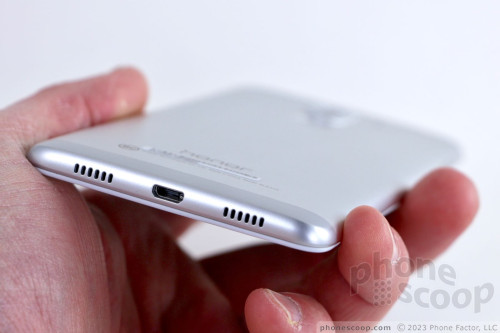
Comments
No messages


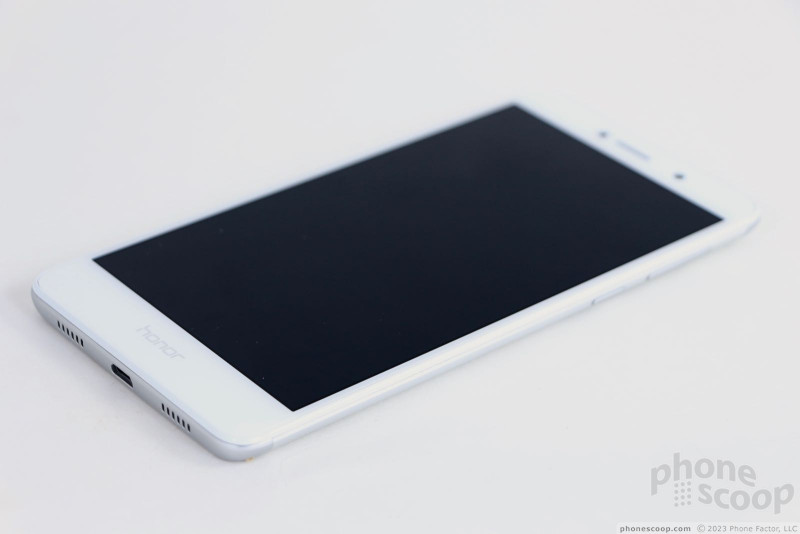















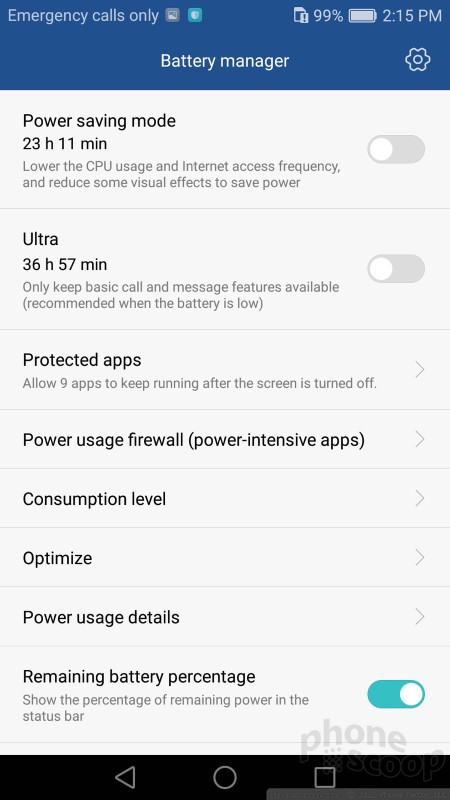





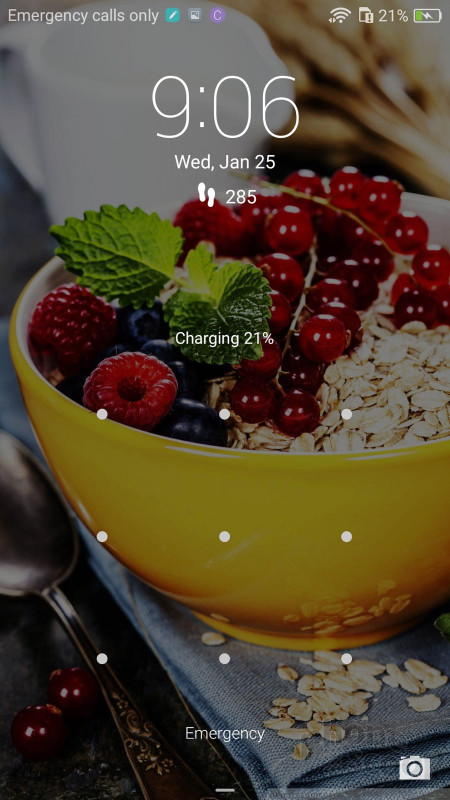





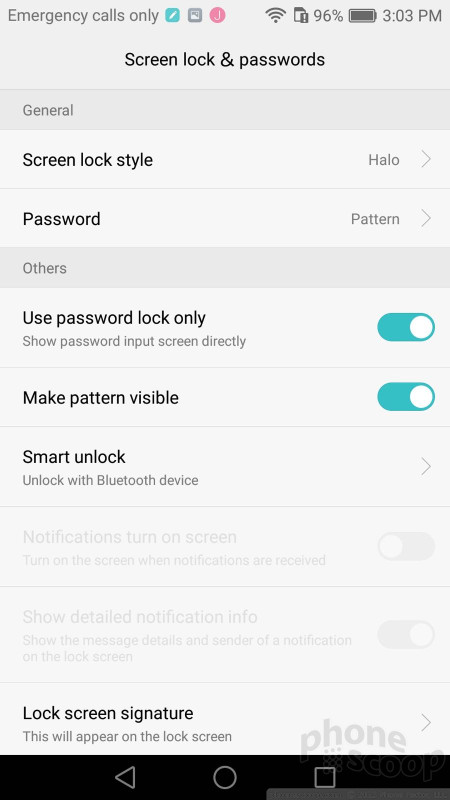







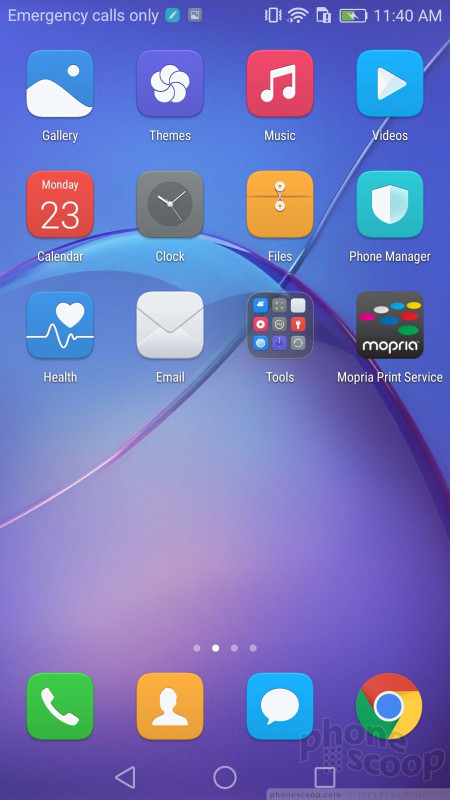






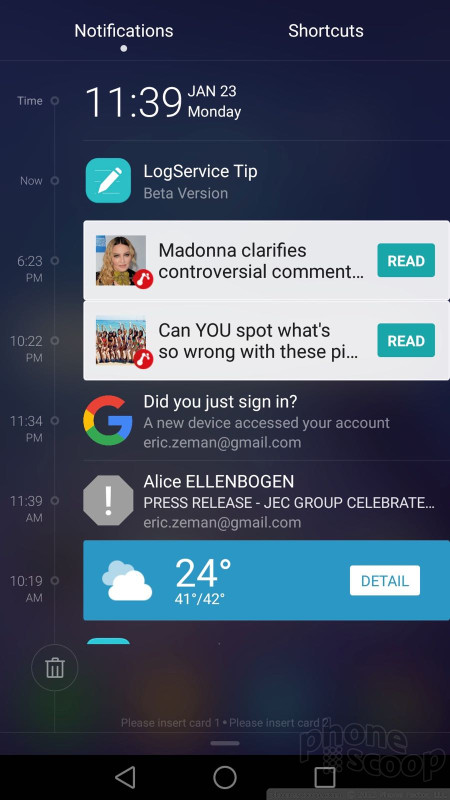







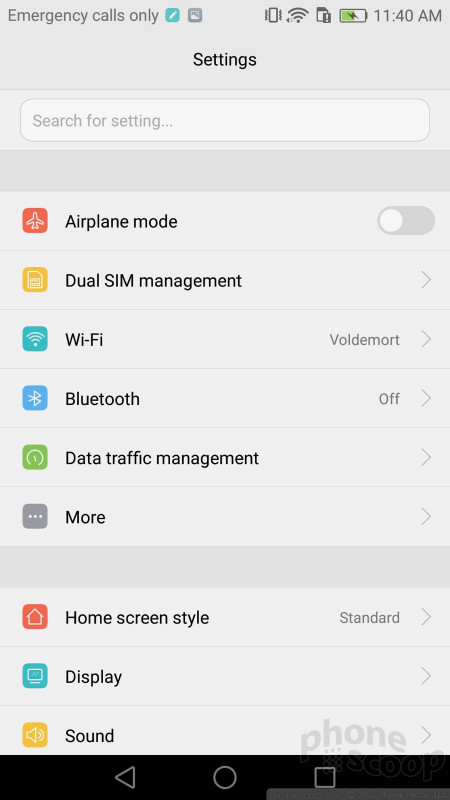











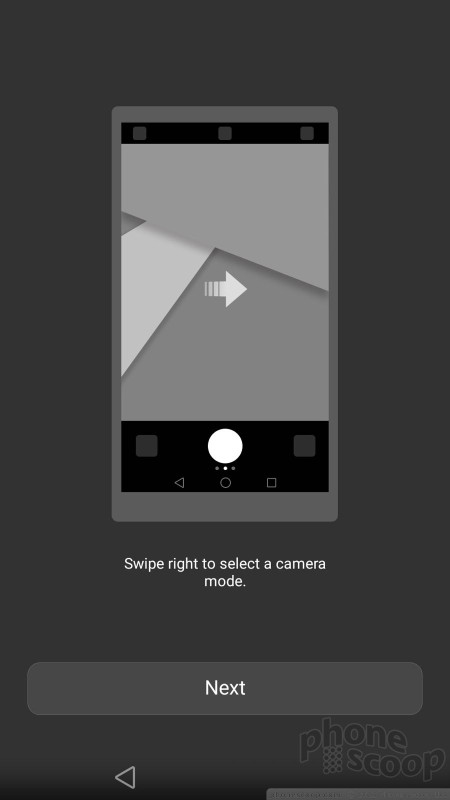




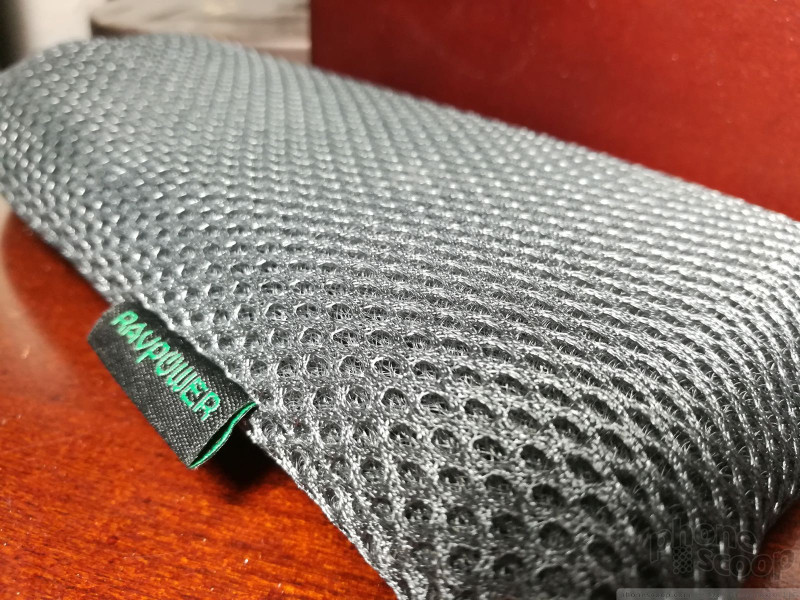













 Best of CES 2017
Best of CES 2017
 Hands On with the Huawei Honor 6X
Hands On with the Huawei Honor 6X
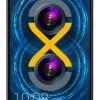 Huawei Makes the Unlocked Honor 6X Available At Target Stores
Huawei Makes the Unlocked Honor 6X Available At Target Stores
 Huawei's Honor 6X Adopts EMUI 5.0 and Android 7 Nougat
Huawei's Honor 6X Adopts EMUI 5.0 and Android 7 Nougat
 Huawei Touts the Dual-Camera Honor 6X
Huawei Touts the Dual-Camera Honor 6X
 Huawei Honor 6X
Huawei Honor 6X









